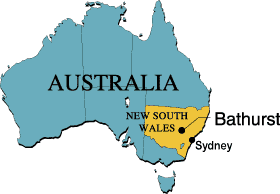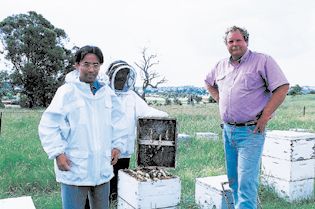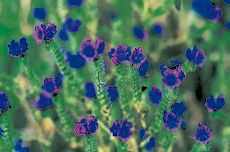|
1,500 to 2,000 Hives, a Mind-Boggling Apiary Size.
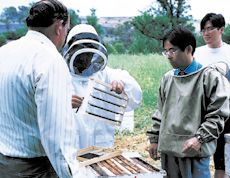
|
While apiculturists Mr. and Mrs. Lockwood showed me their apiary, Mr. Lockwood said "we are having a very productive year with Paterson's curse flowers, and we have had plenty of good-tasting honey made from them." The fresh honey that I tasted was mild and delicious. Having seen these flowers, I could really appreciate the honey from them. The husband and wife keep 1,500 to 2,000 hives of honeybees with the help of only three other beekeepers, and produce as much as 150 tons of honey a year, an amazing feat. Without much human intervention in this natural environment, where pastures are huge and flowers are in abundance, the land itself is the ideal, natural beekeeper for the honeybees. I found in Australia, with its gifts of nature, best-suited conditions for apiculture. I felt an urge to introduce to people of Japan the high-quality honey from Australia. The trip, with what it had shown me, brought me a step closer toward realizing a dream where my company collaborates with Australian apiculturists, offering transfer of our technology. Finally I want to add, my images of Australia were never the same after my visit.
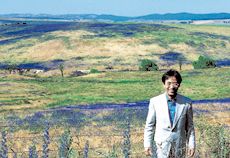
|

